Reunion Weekends rarely evoke thoughts of Sabbath School — Vespers and Chapel maybe but Sabbath Schools tend to belong to a generation of Davidson students well past reunions. Still, Reunion Weekend 2014 brought a collection of books that once belonged to the Linden Sabbath School library.
The connection and why the Davidson College archives is interested in the books is that this school operated in the town of Davidson and Davidson students taught there.
The Davidson Monthly of February 1892 gives the first notice of the school reporting that “Dr. Munroe is making preparation for a Mission Sabbath School among the operatives of Linden cotton mills of which he is president. This is a noble work, and other factory presidents would do well to follow his example.”
Salutatorian for his class, John Peter Munroe returned to Davidson with a medical degree and soon took over the North Carolina Medical College. He also helped found and operate the Linden Cotton Mill. As a student, Munroe would have known other students who taught Sunday school at churches in nearby towns. He soon found Davidson students to help teach classes at his new mill.
The 10 volumes we received date from the 1830s to the 1860s and are useful artifacts for reflecting on social norms. They came from the Presbyterian Board of Publications and the American Sunday School Union and intended for church libraries. The books are 30 to 60 years older than the mill school. Some have earlier bookplates indicating that they had been culled and donated — because the owner saw value in them and wanted to share? or because they were no longer of value and sending them to a mill library was an easy way to recycle?
Some of the books were written for children but others were intended for older readers. The mill school did include classes for all ages and at times offered basic education classes during the week.
All the volumes are small, no more than 5.5 inches by 3.5 inches easily held in the hand. While one of the children’s volumes has larger print, most the books have small typefaces best read with good light. The illustrations in the Youth’s Friend include a drawing of “Little Sue, the sot’s daughter” (sadly alone by a fireplace) and another of small cemetery surrounded by trees decorating a morality tale. The volume also included some natural history with sketches of birds. Did any of these stories appeal to children in the 1890s or early 20th century? How many hands held Illustrations of the Shorter Catechism for Children and Youth? (which, the way, had no illustrations and ran to 308 pages of dense text.)
Did anyone find the History of the Inquisition by William Sime or the Life of Ulricus Zuinglius interesting reading on a Sunday afternoon? Were they shocked by the anti-Catholic rhetoric in Presbyterian publications or did they agree? Did the mill workers take pride in having library shelves in their humble building or resent the cast-offs filling the shelves?
The families who attended this church have moved on. What started as the Mill Sabbath School became Unity Church and then Calvary Presbyterian Church. The mill closed and congregation moved from the little building near the mill to a larger one blocks away. The old building became the site Reeves Temple AME Zion church and the larger one is now Temple Kol Tikvah.
How many stories there are behind the stories and beyond the book covers.
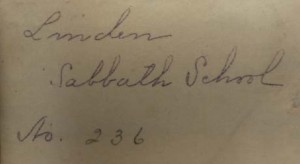
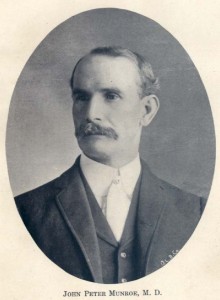

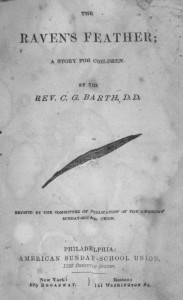
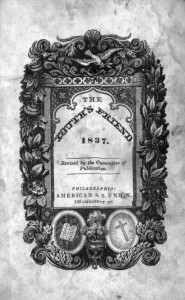
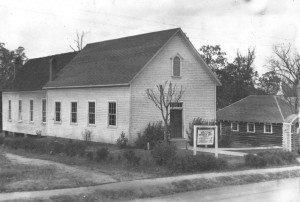

Speak Your Mind